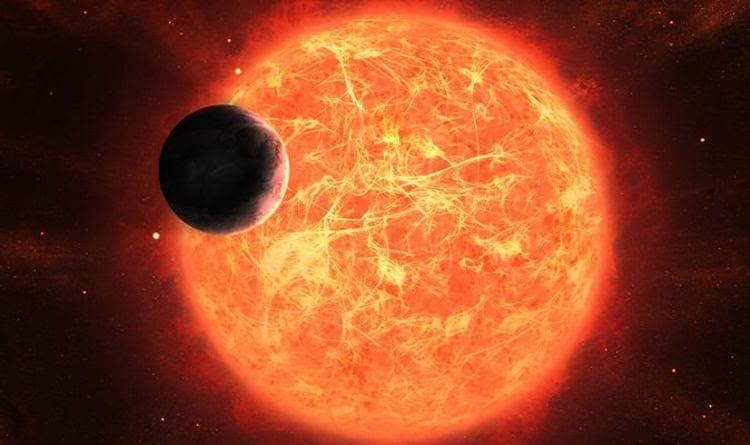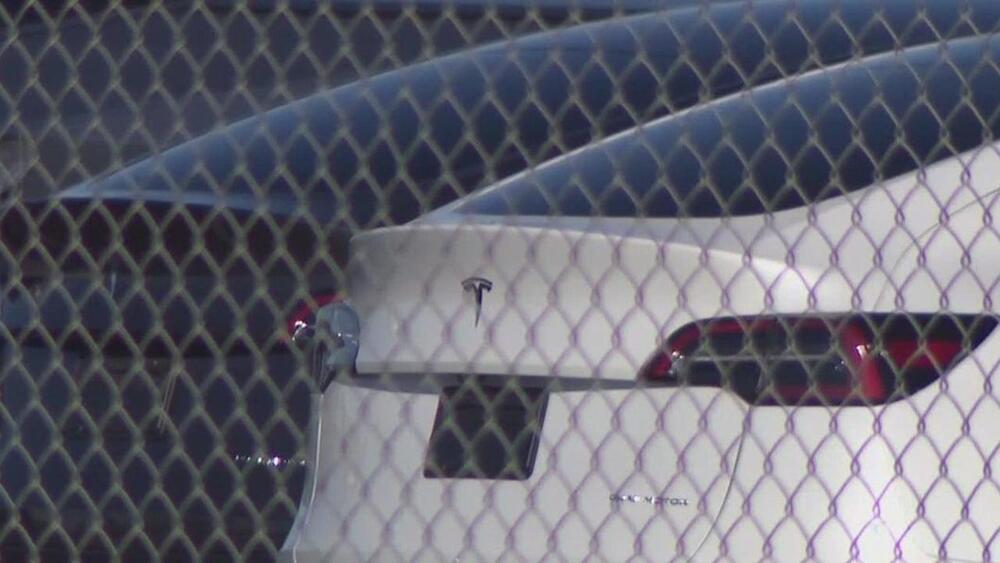Berlin-based designer Kimia Amir-Moazami hopes to tackle the issue of food waste with a container system that reveals if something is safe to eat or not.
Vorkoster is a smart lid that uses PH-sensitive film to detect if a food product has expired. The film gradually changes colour as the food product begins to spoil, making it easy to see whether it’s still edible.
This can provide an accurate indication of food freshness so that people don’t have to rely on generic expiry dates, which can lead to food being thrown out unnecessarily.








